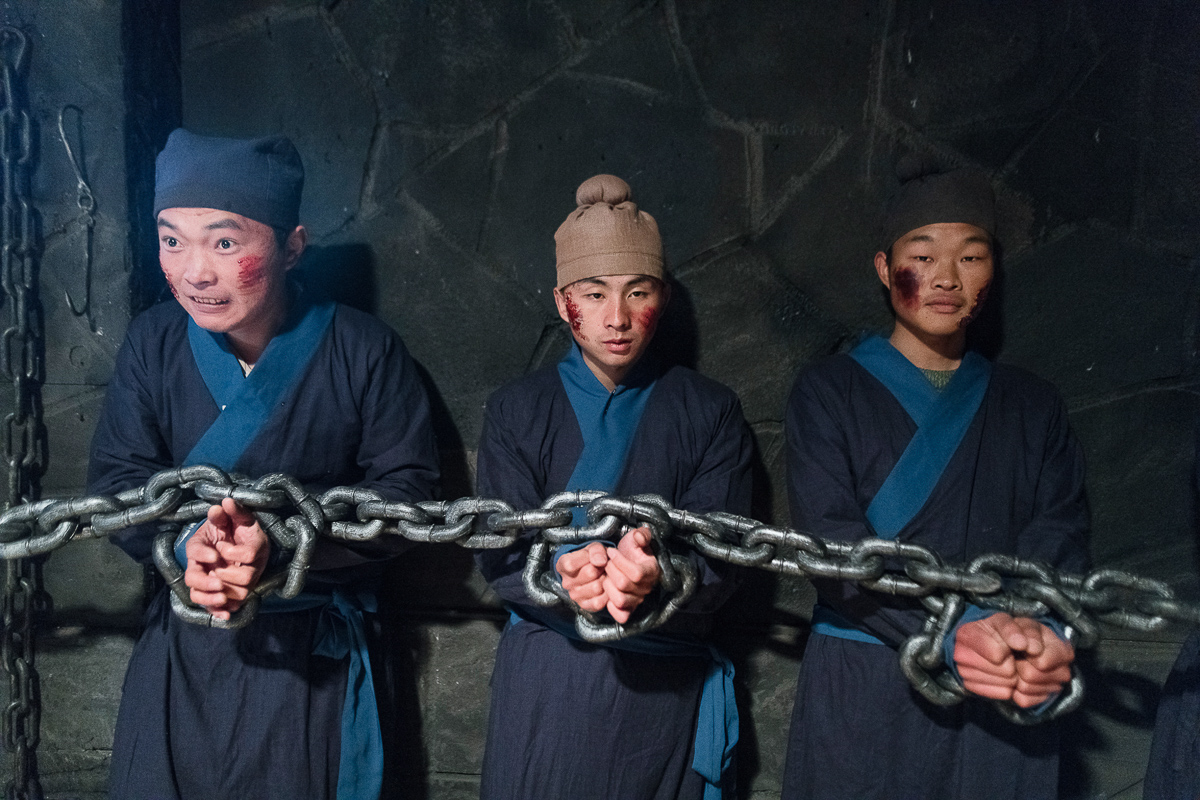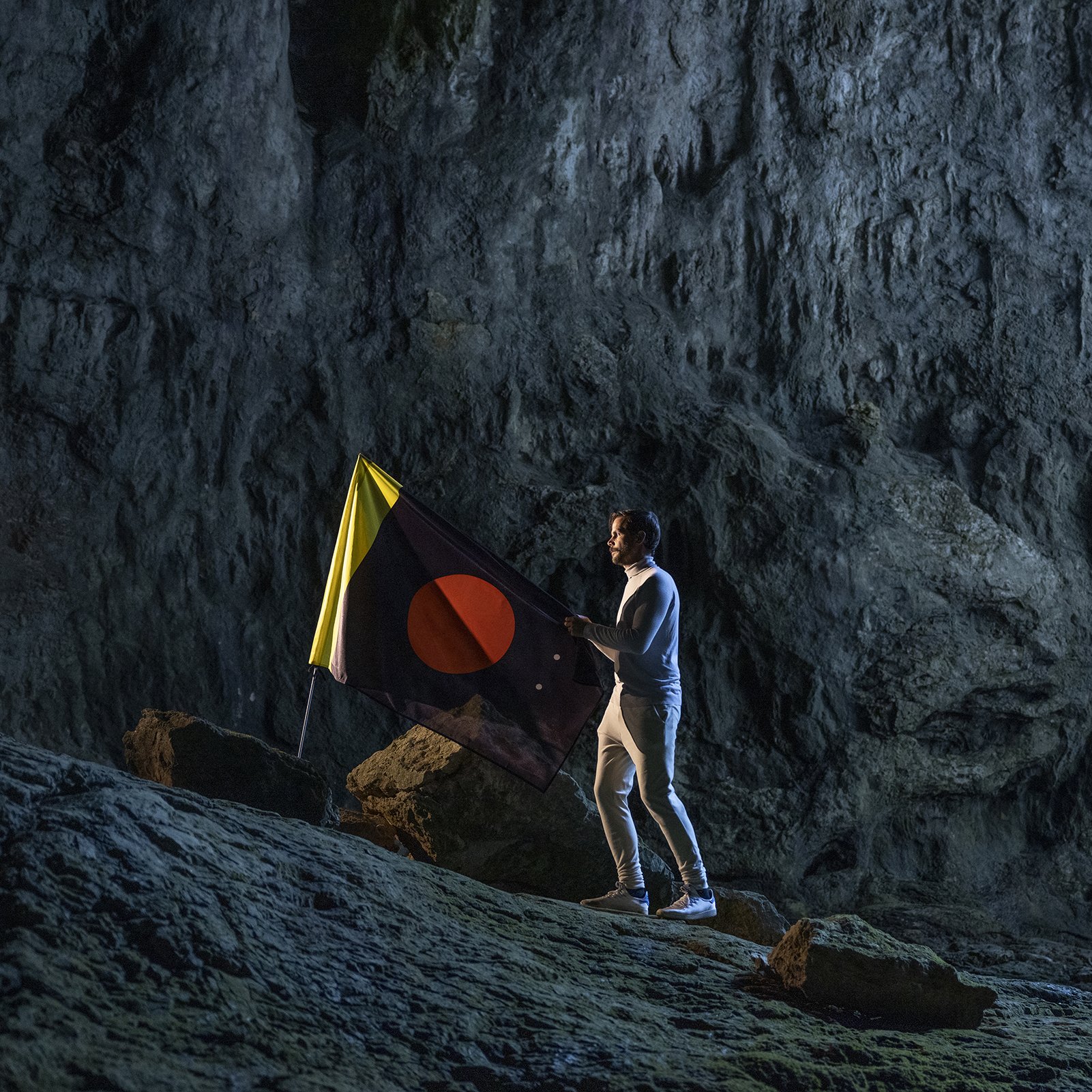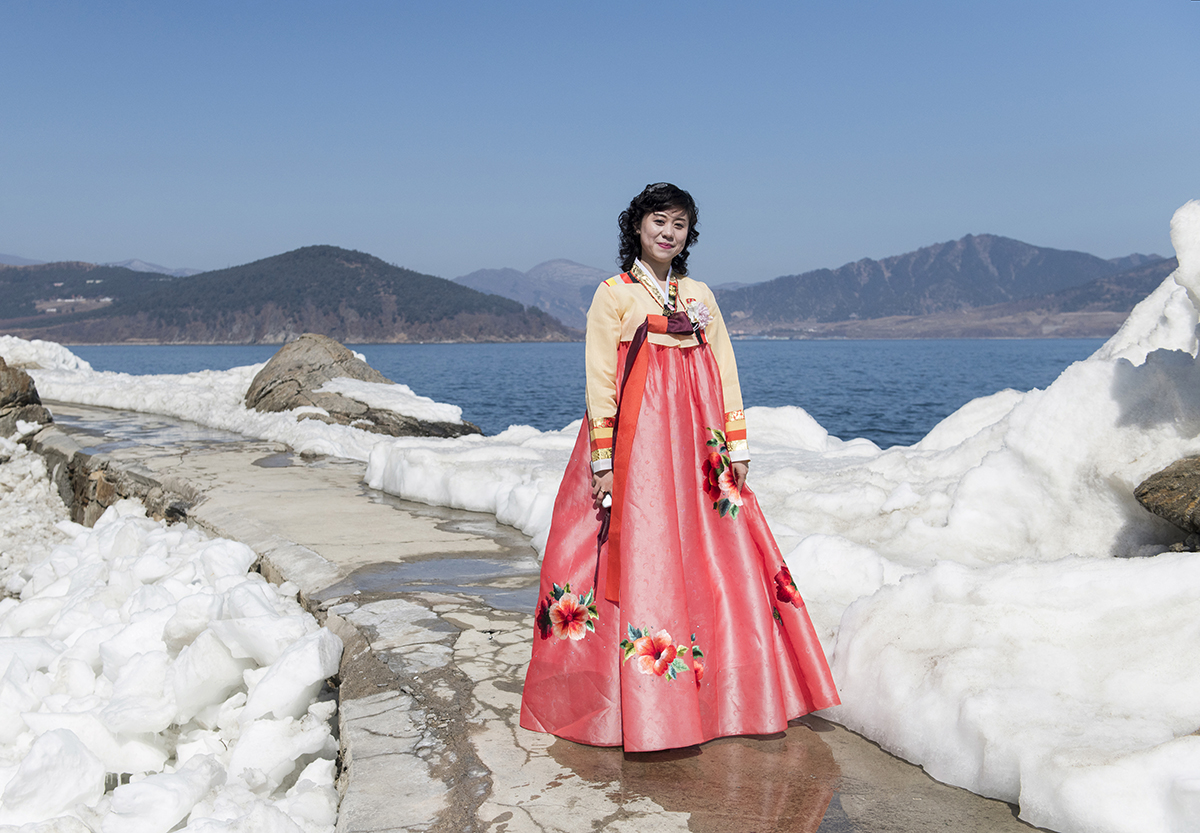
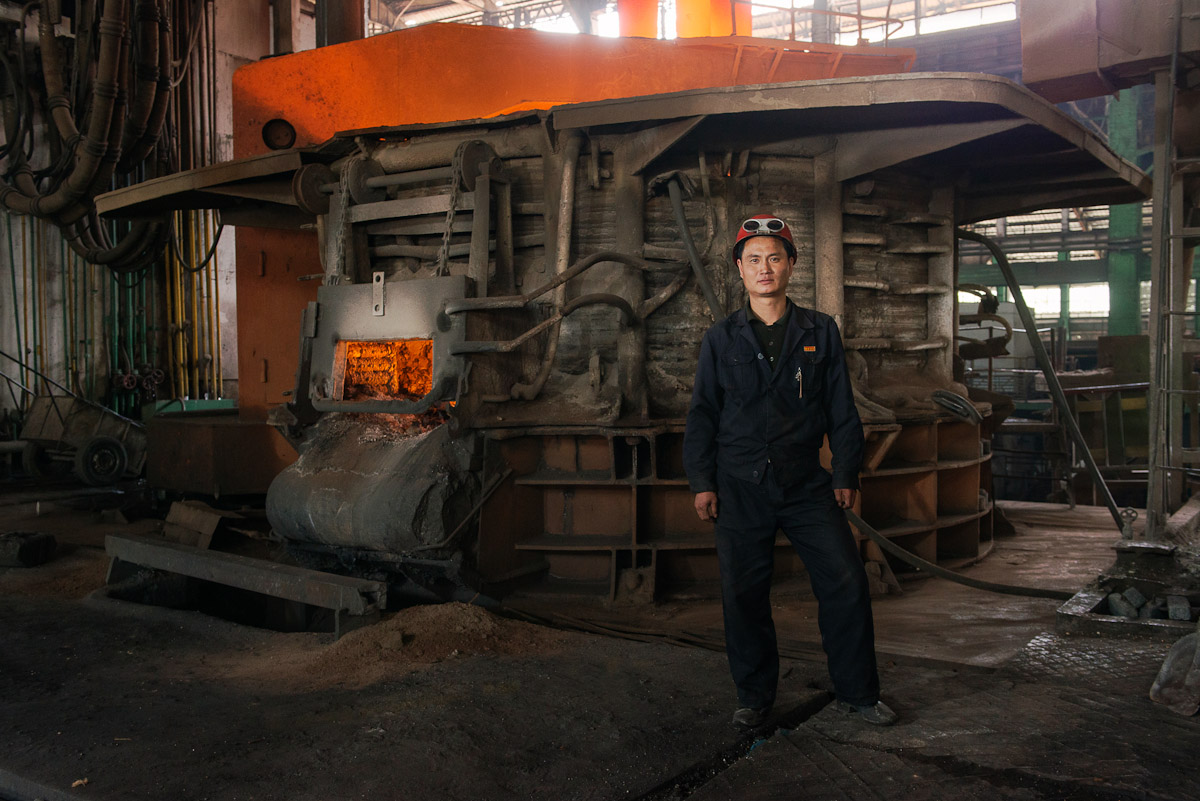
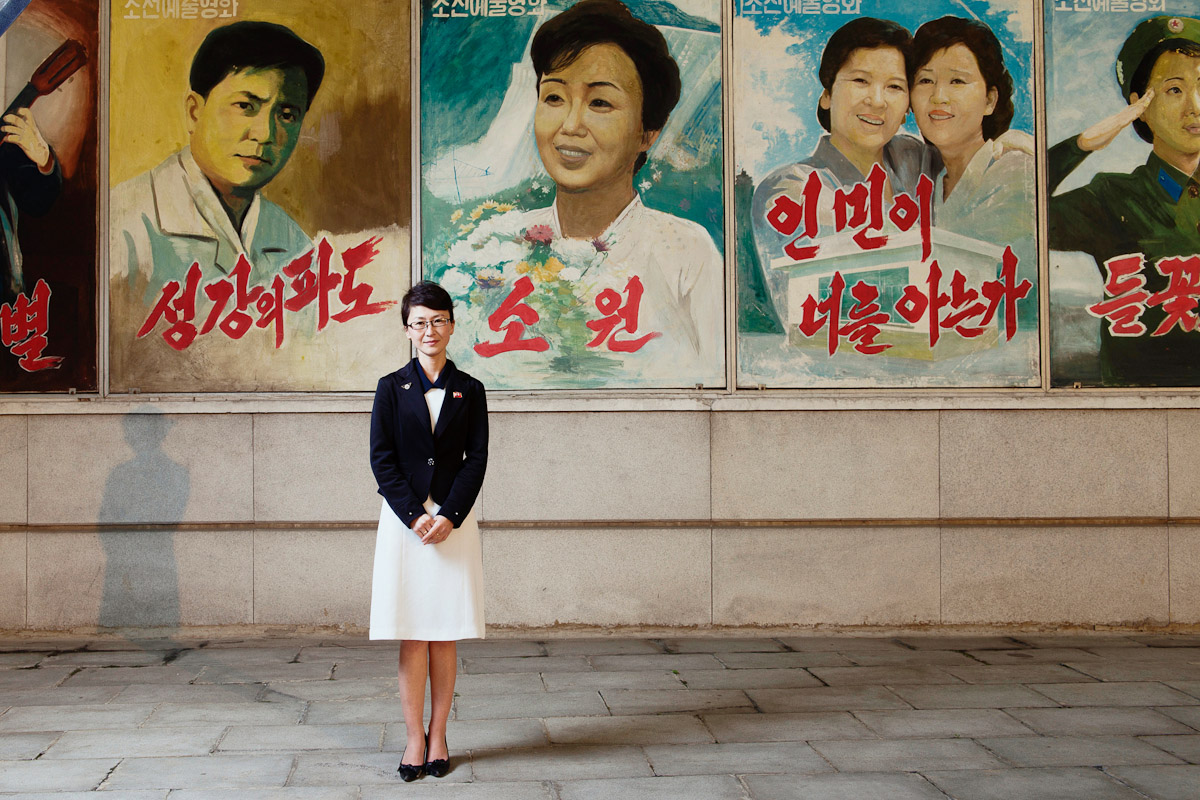
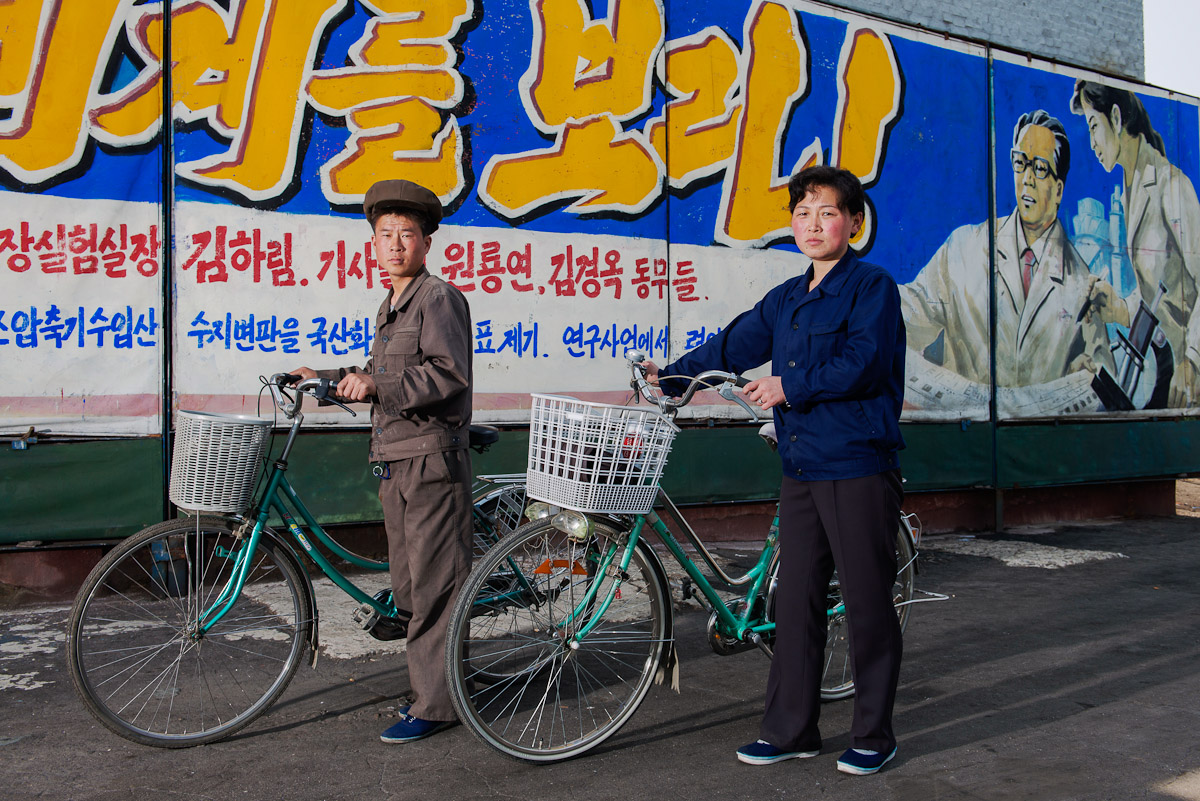
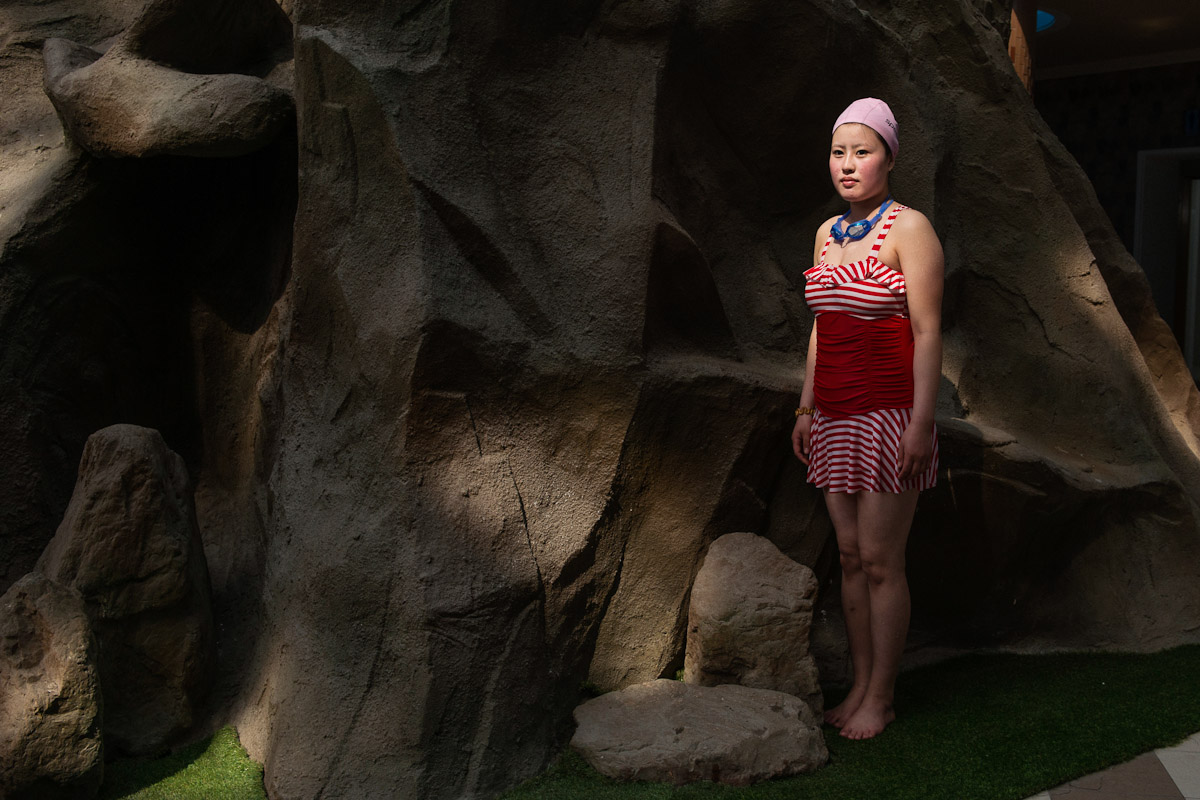
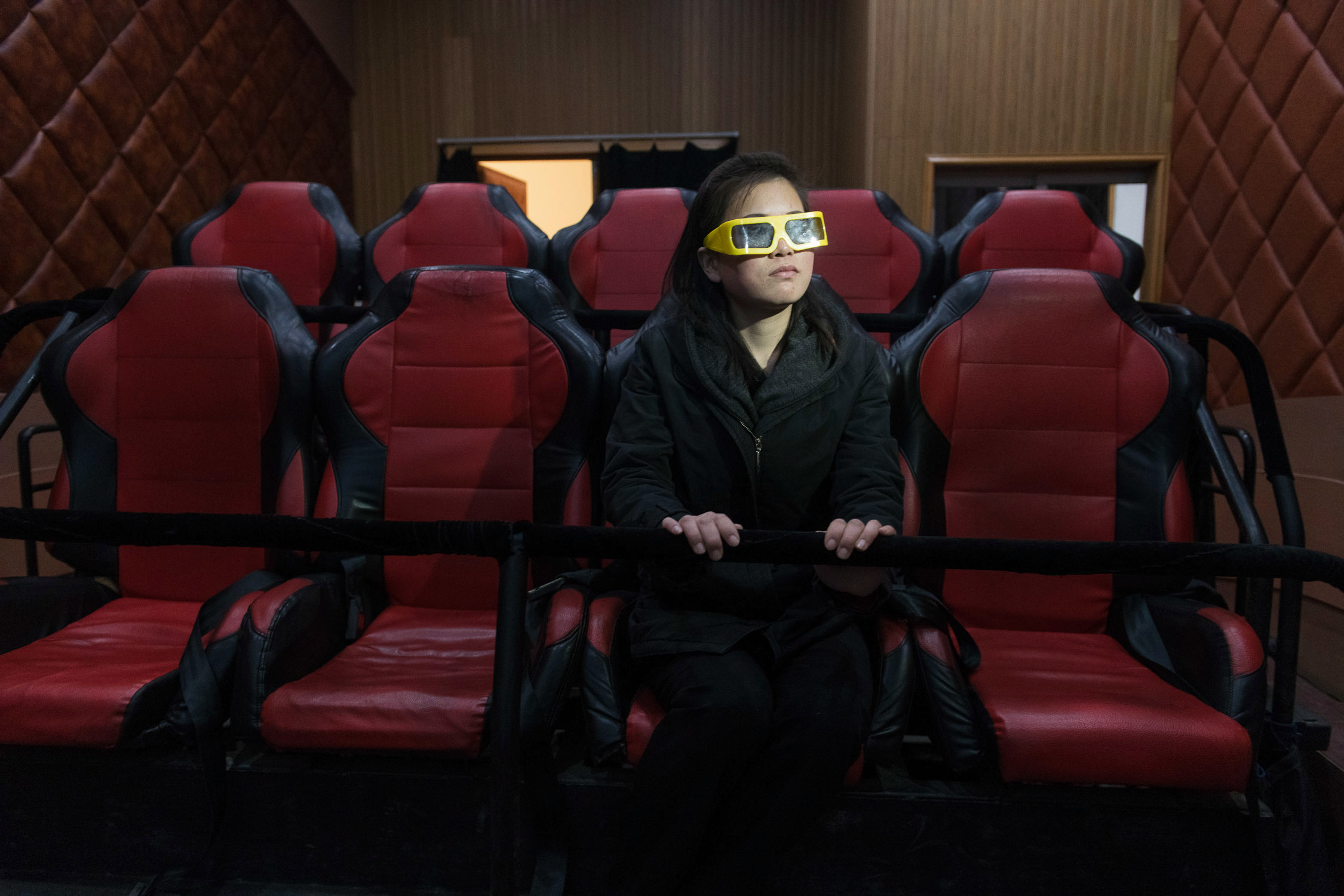
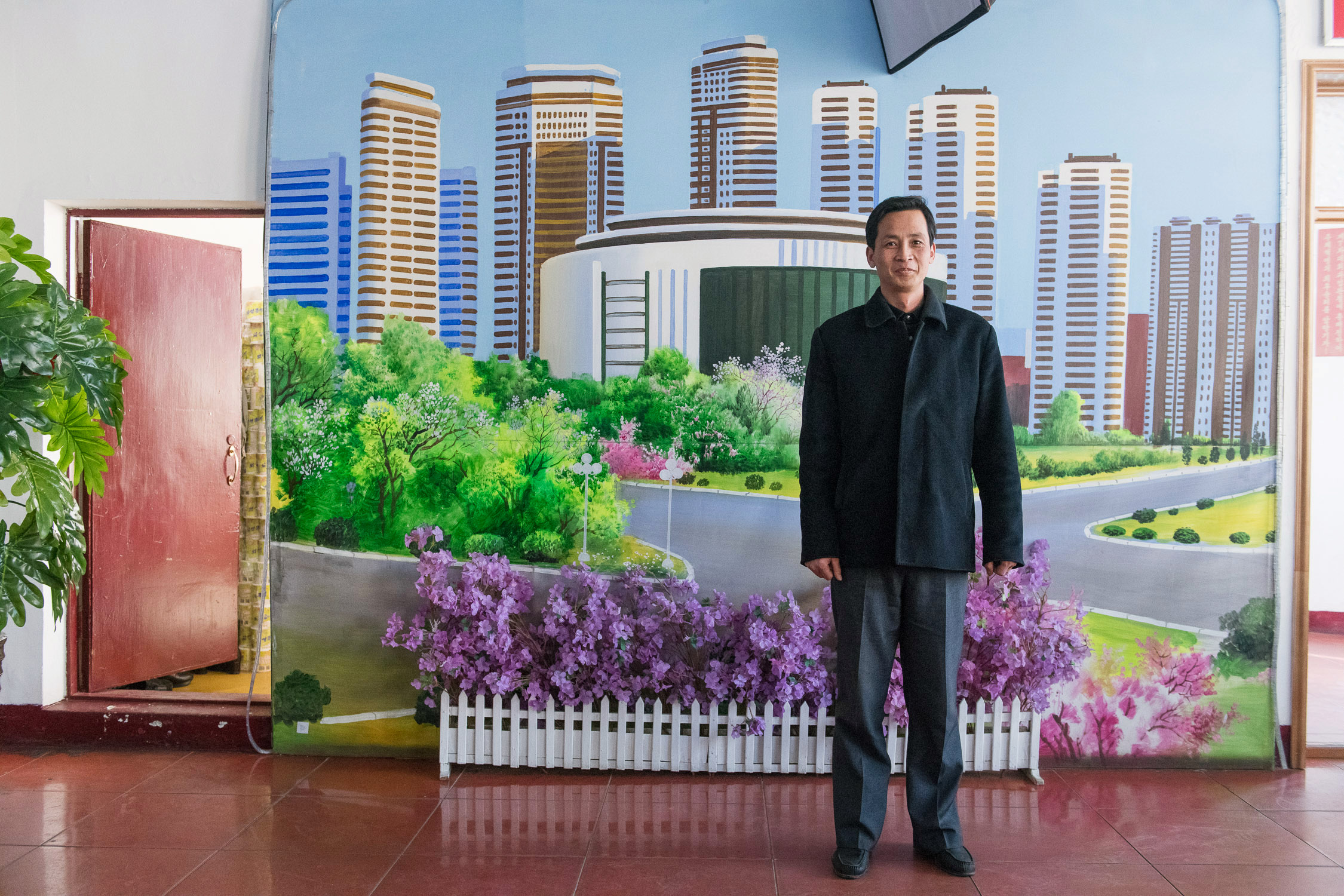
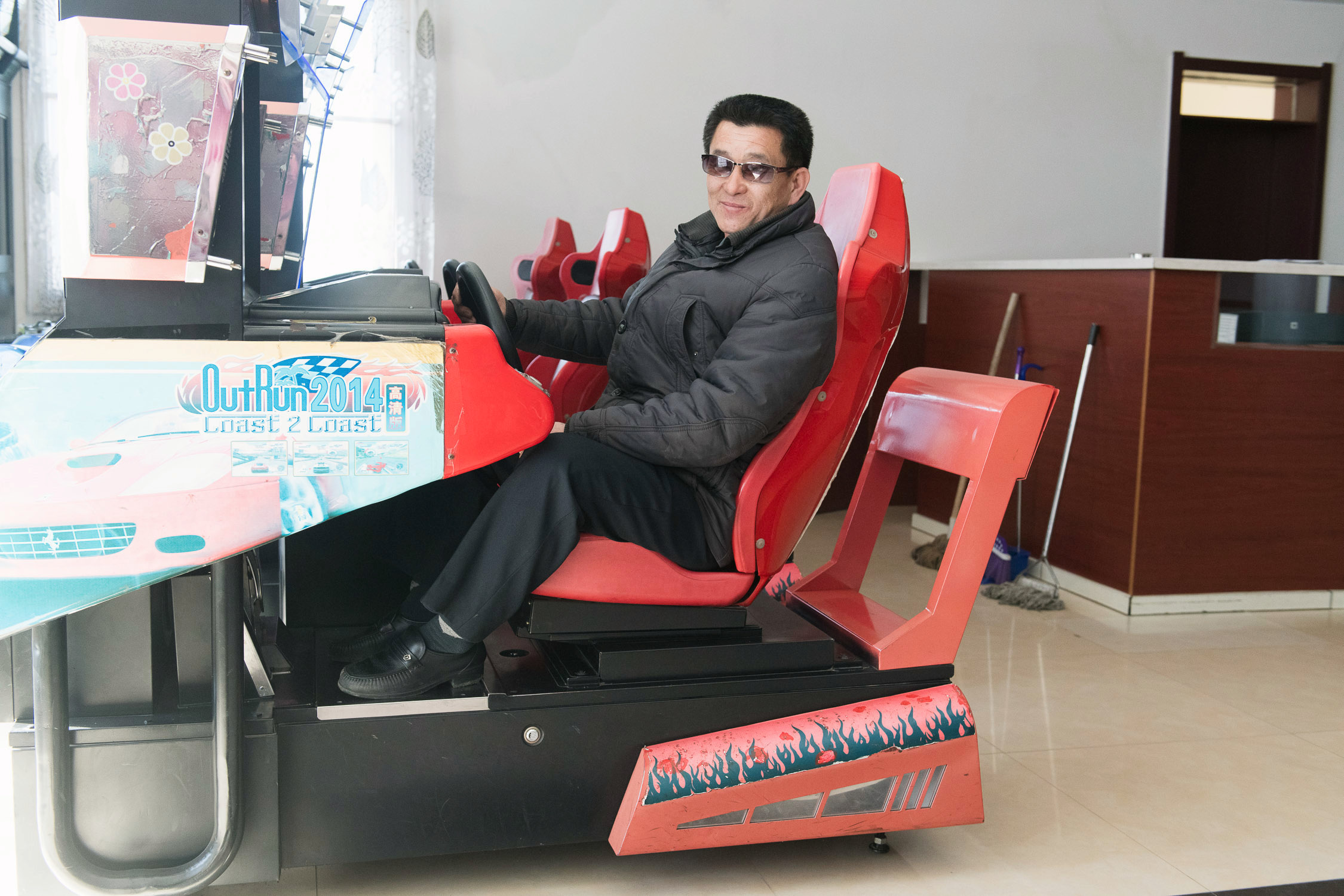

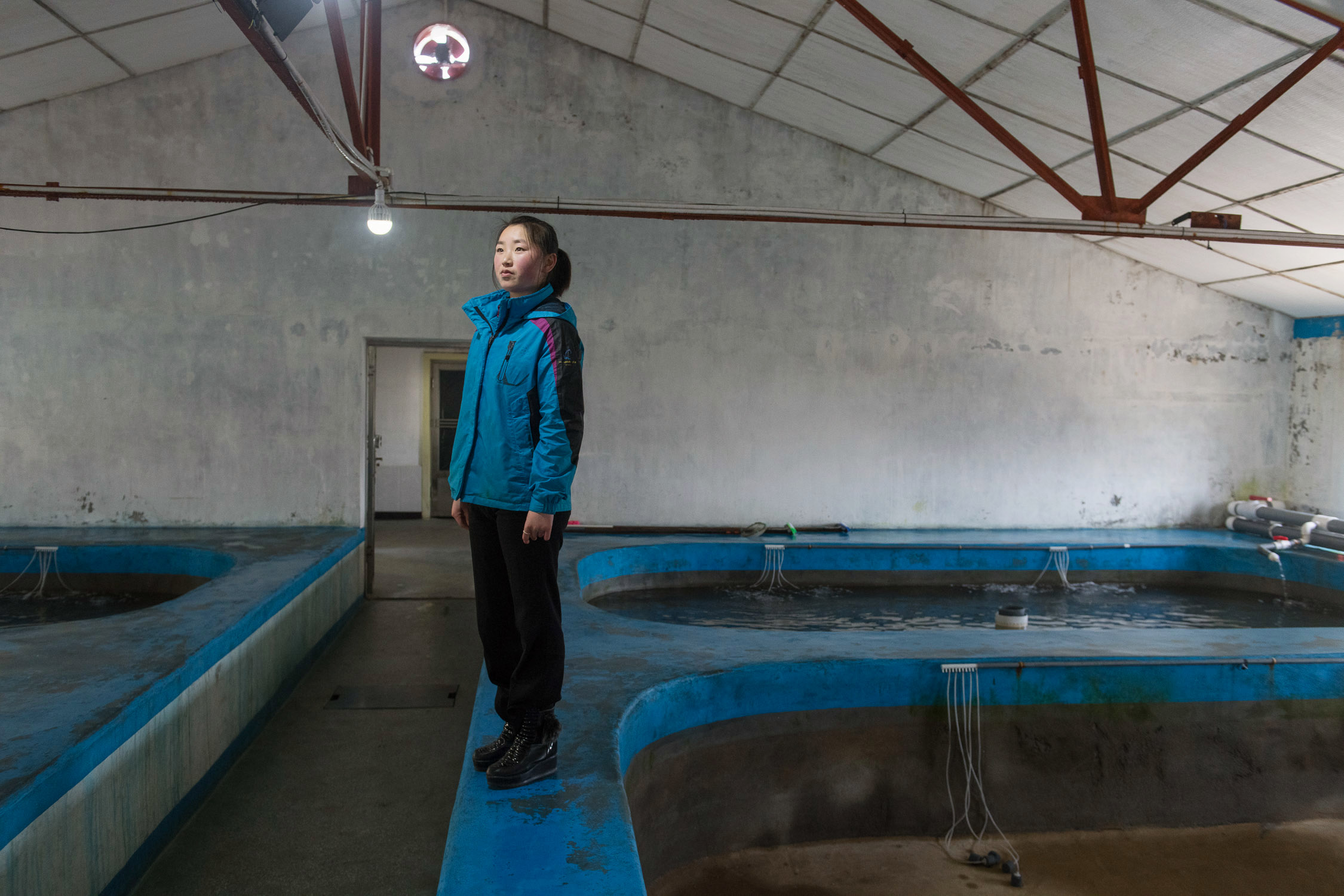

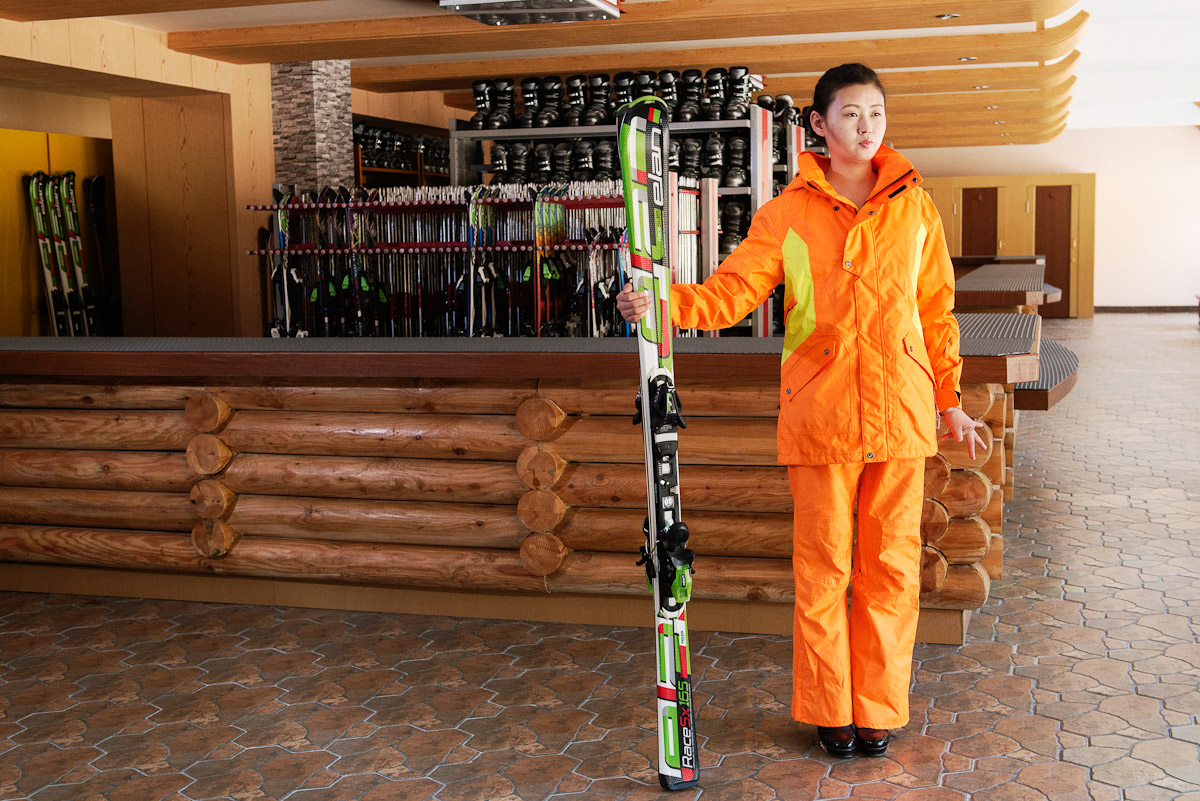
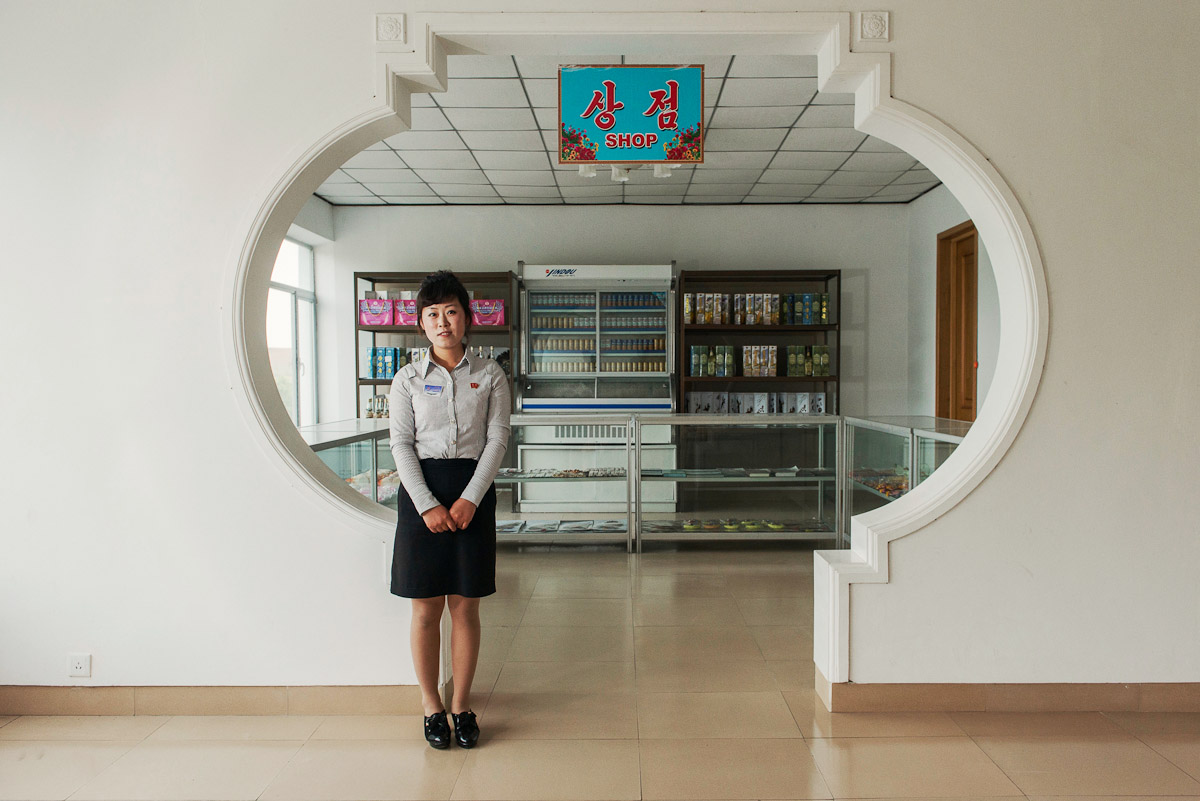
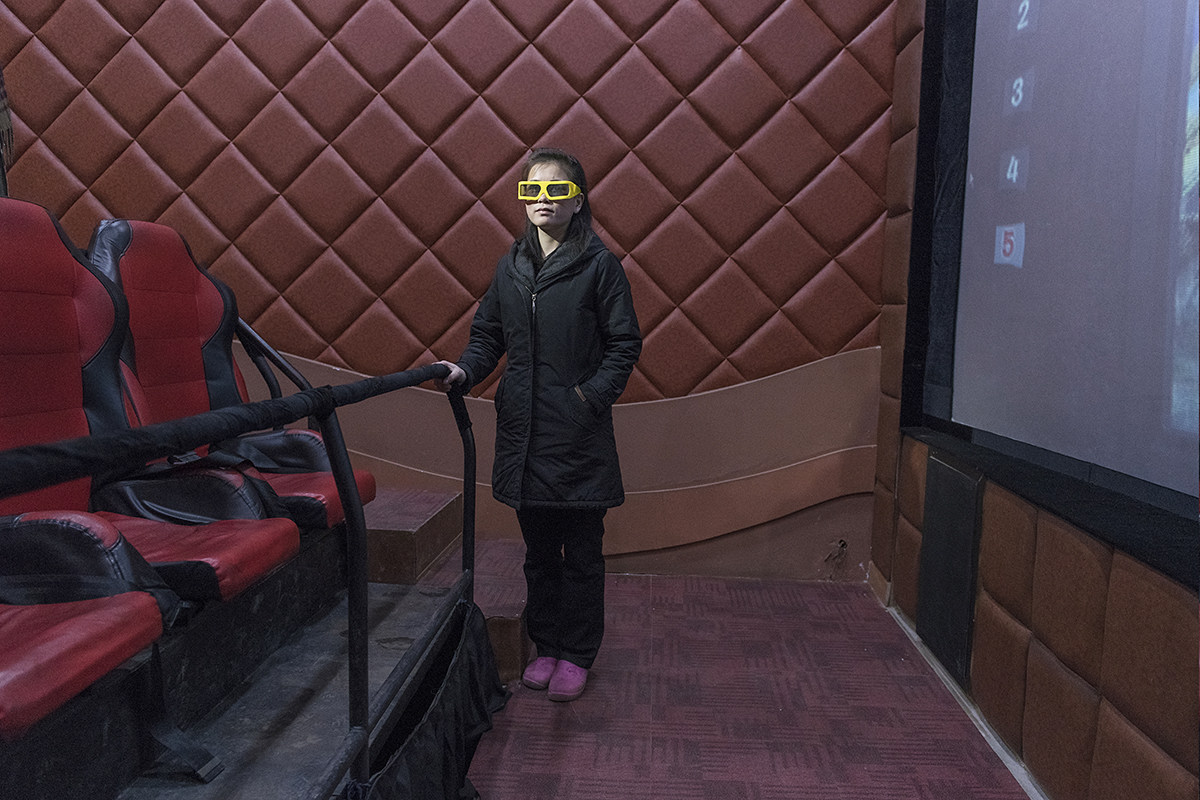
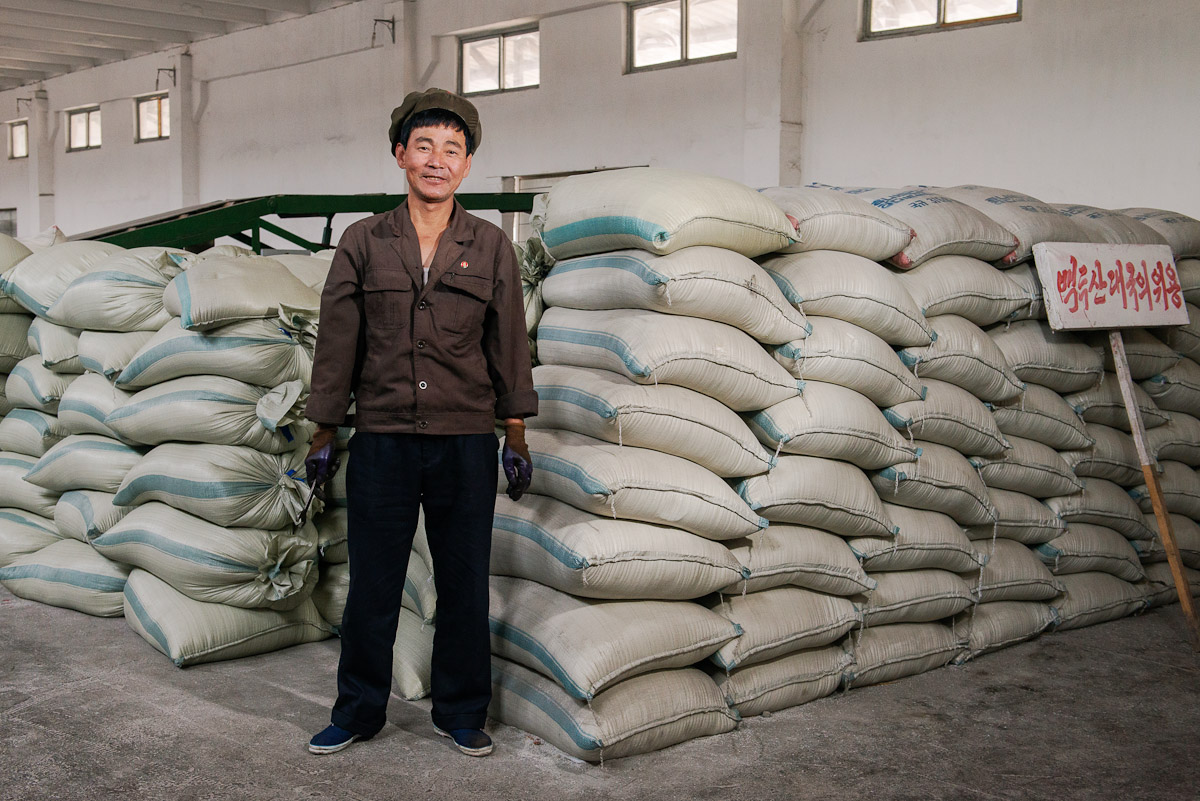

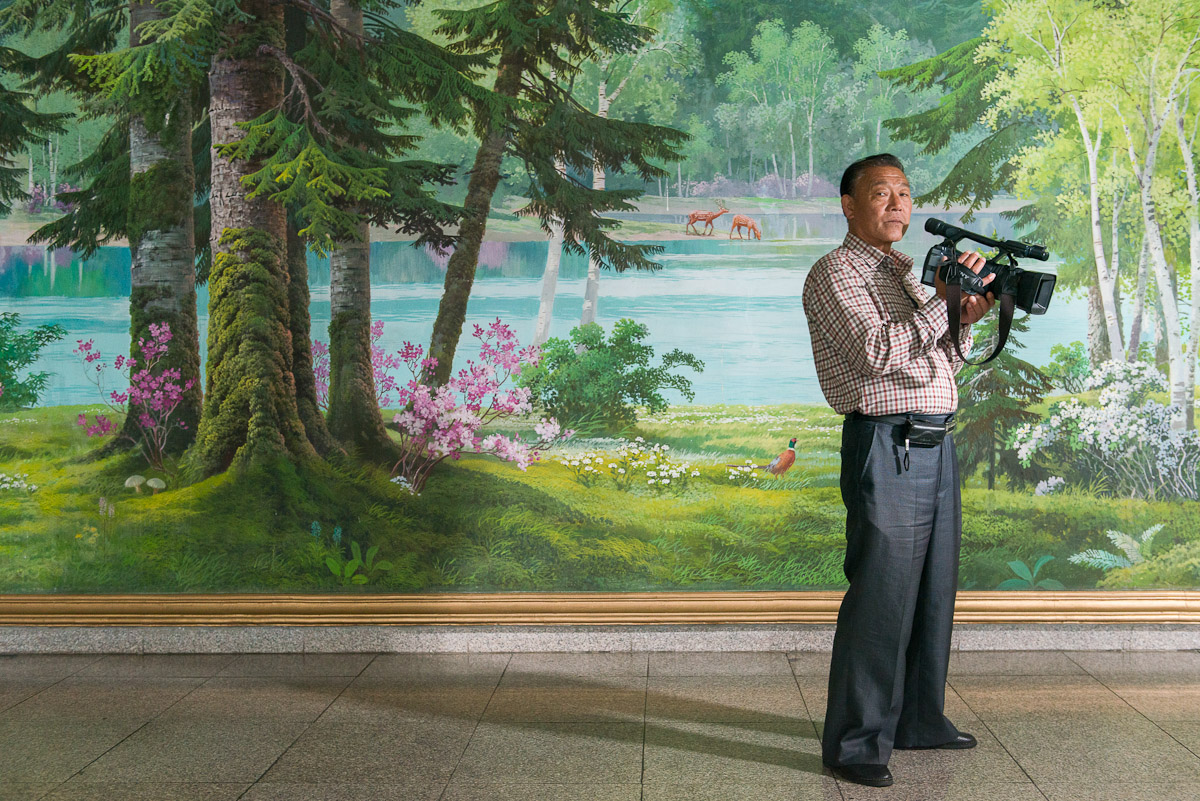
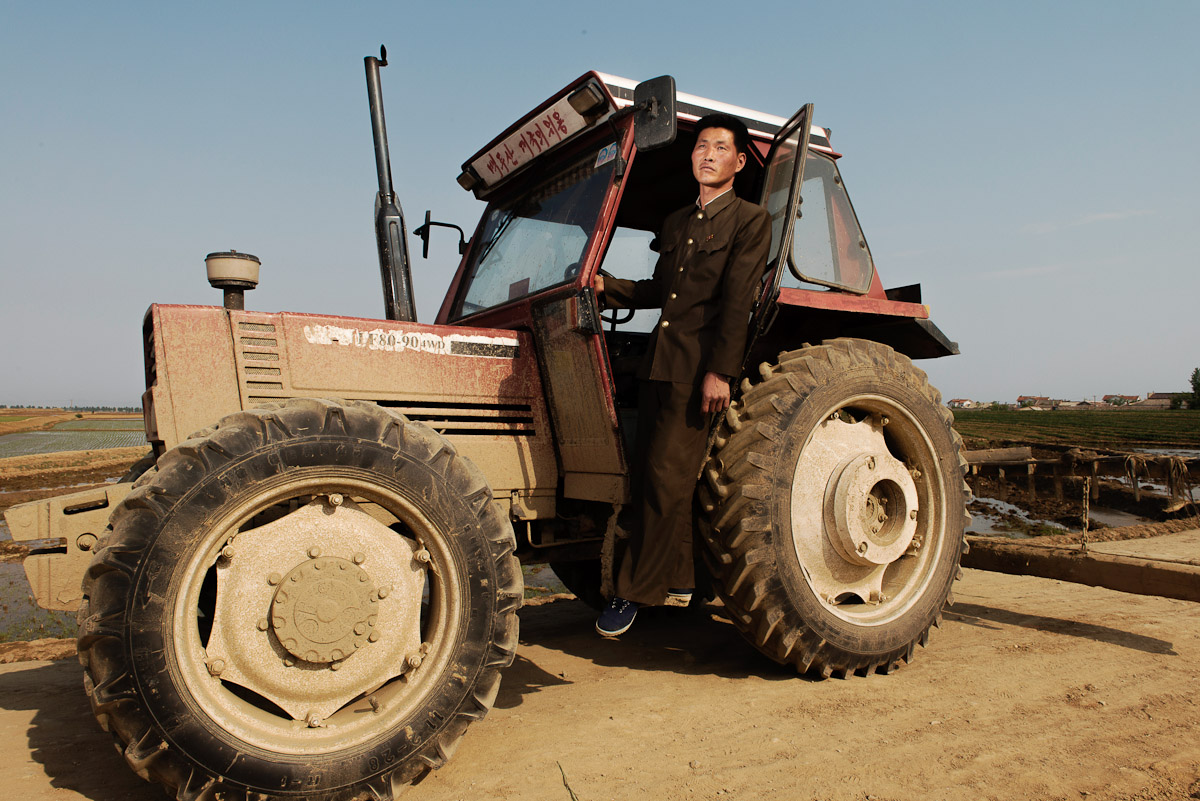

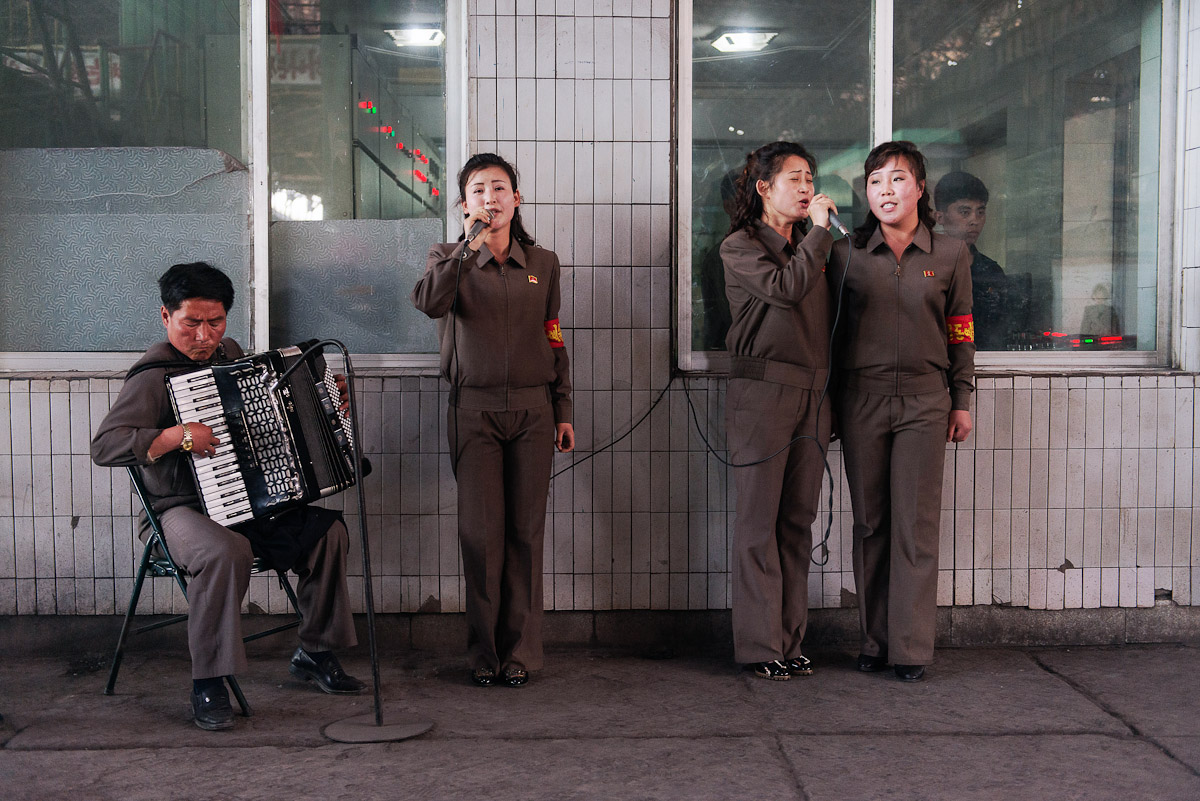
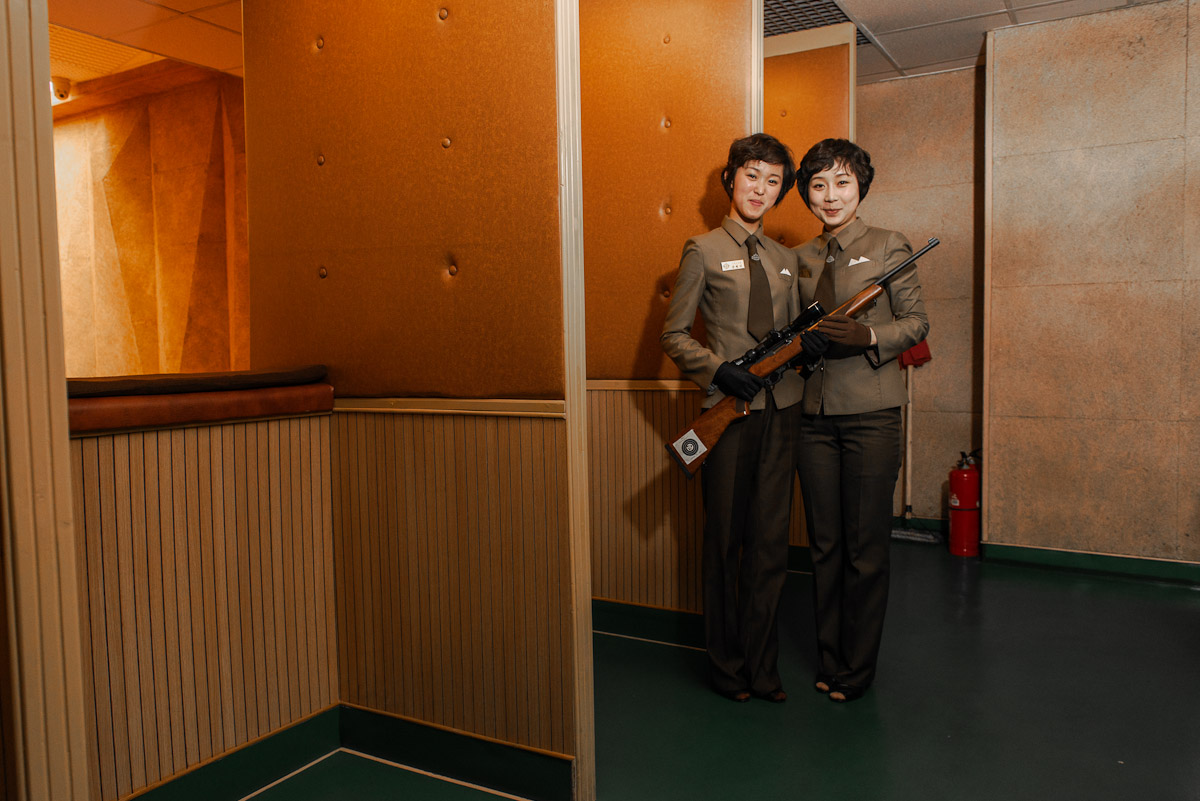
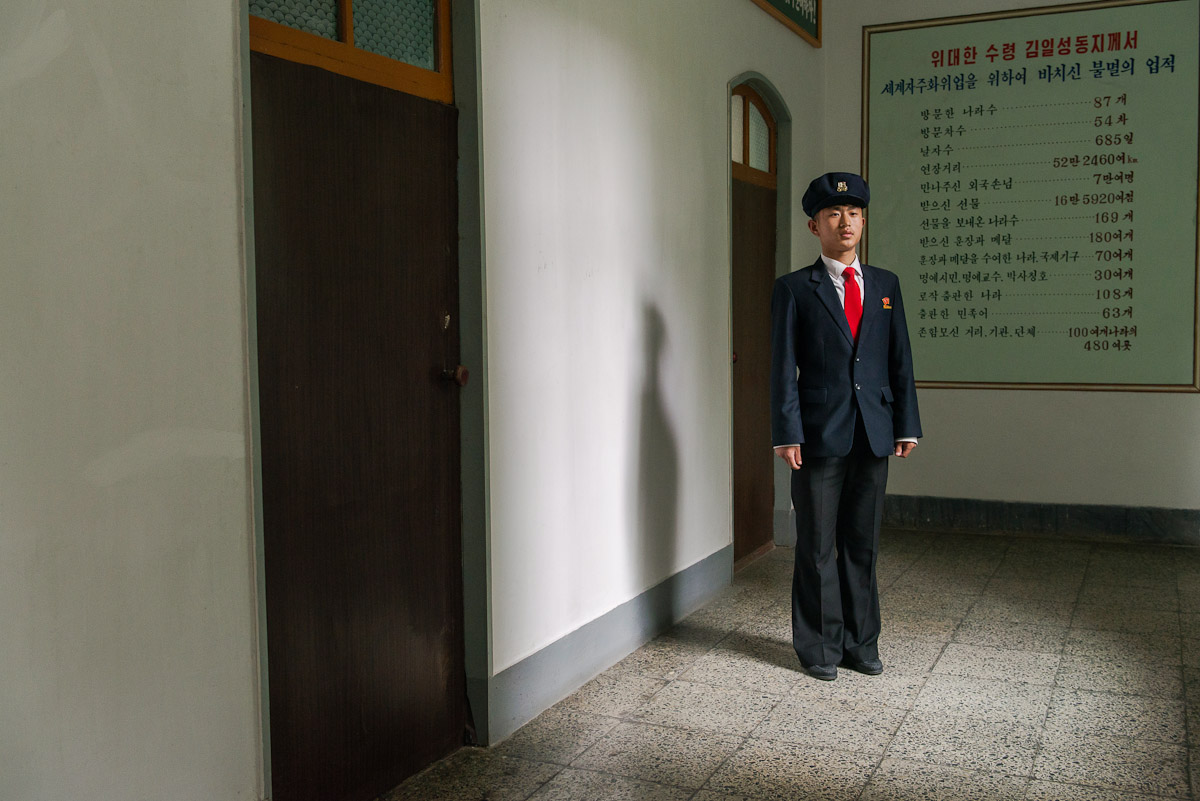
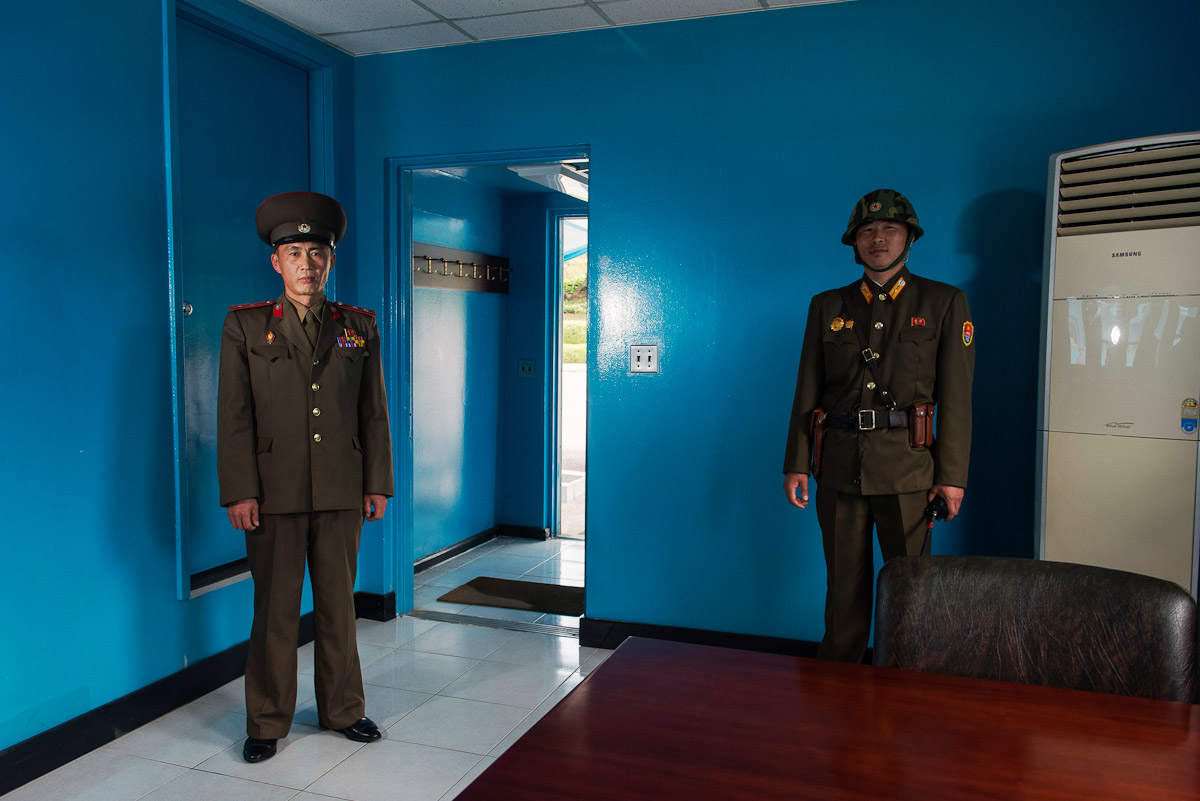
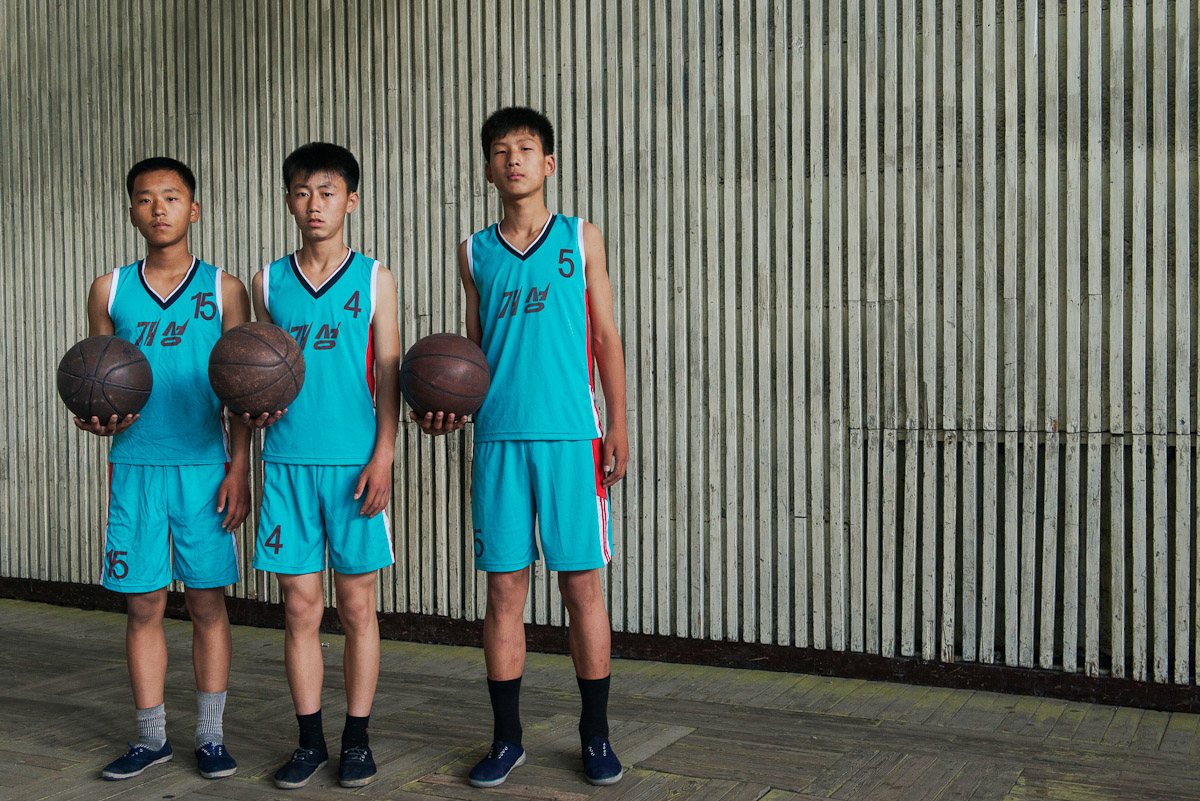
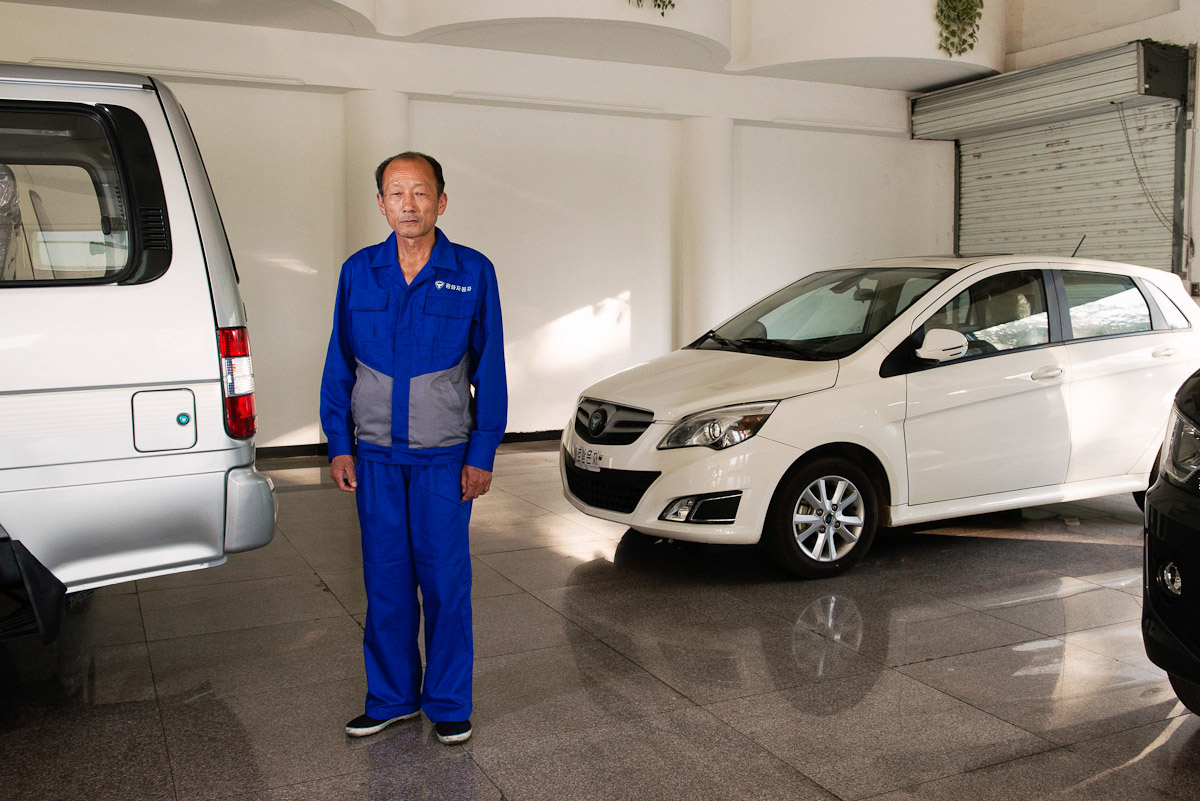
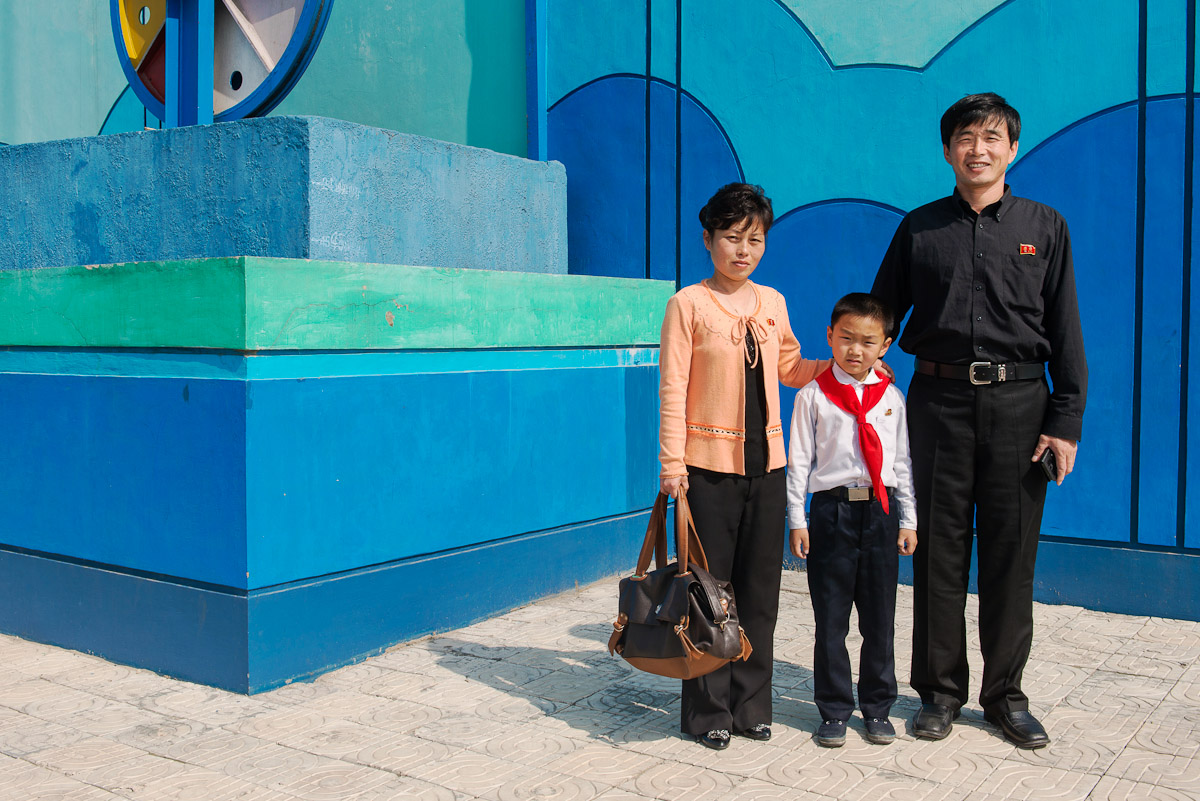

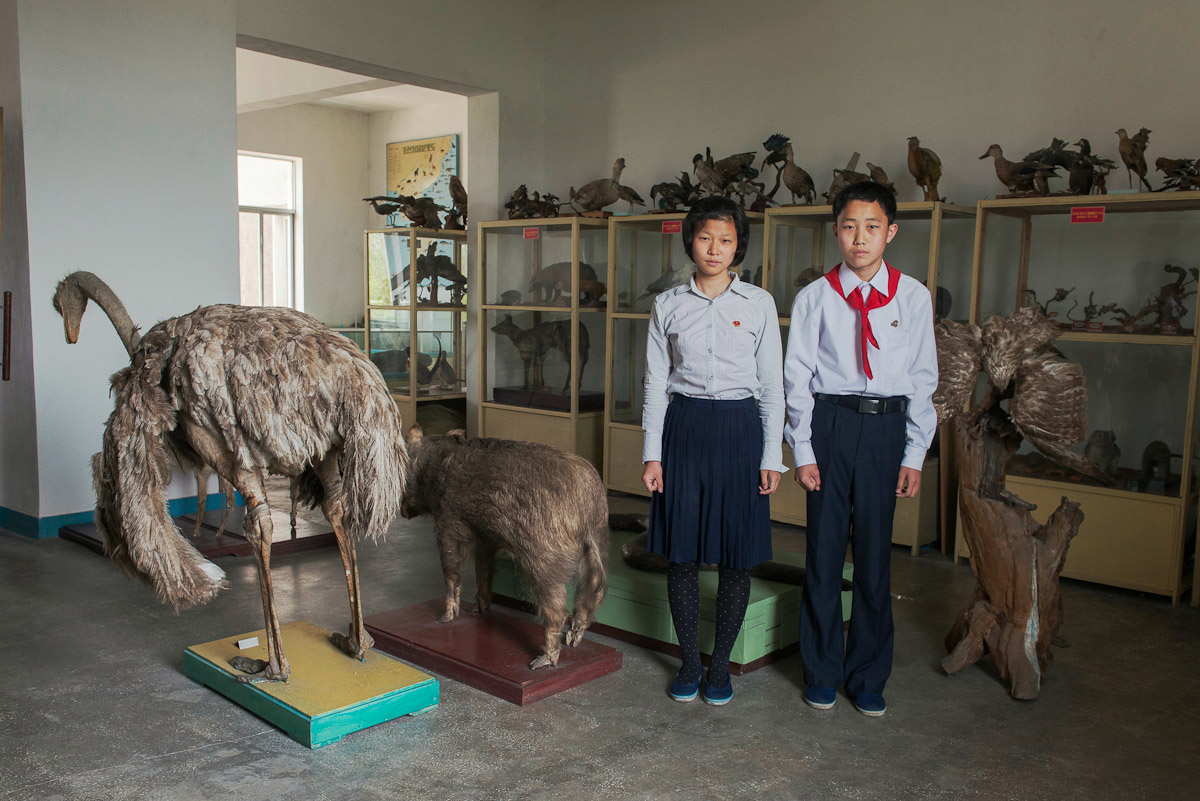

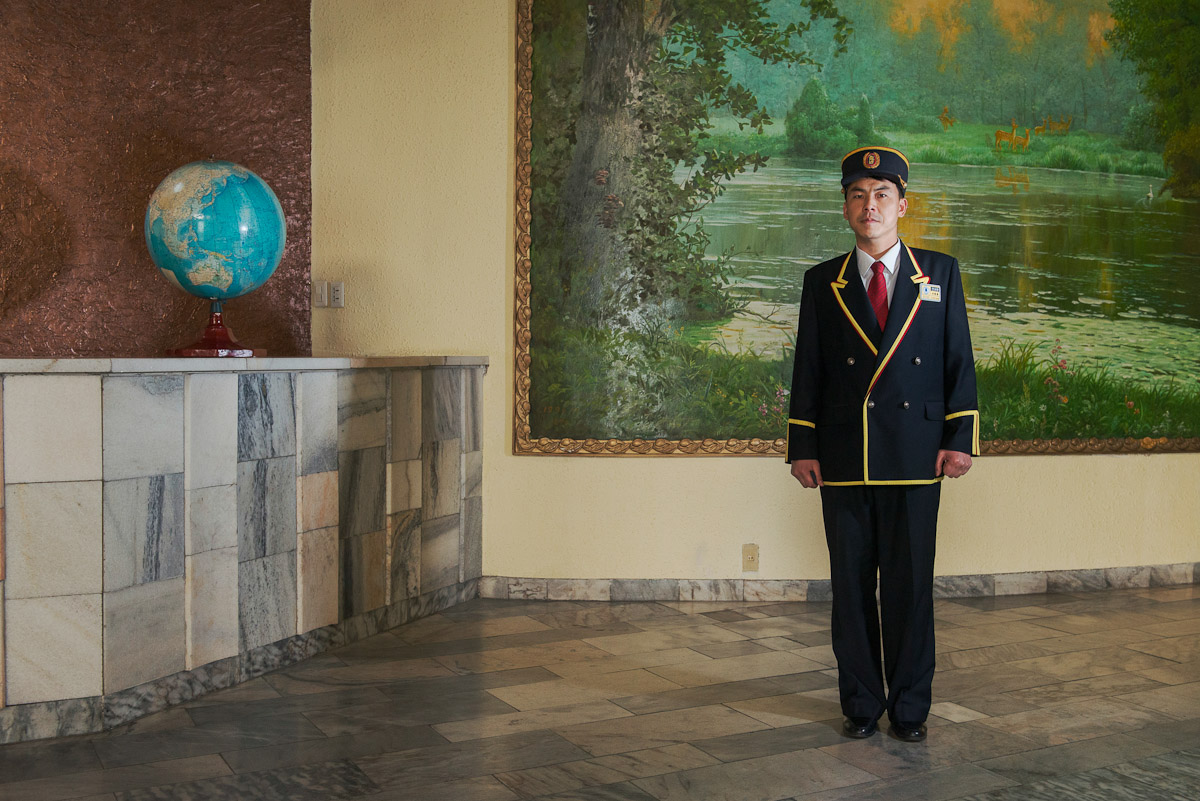
3DPRK
This landmark collection shows not only the relatively oft-photographed citizens of Pyongyang – North Korea’s showcase capital – but also those toiling in the fields of the co- operative farms, those living in Hamhung (North Korea’s second largest city) and those working in factories and steelworks across the country.
The team of five (photographer, producer, two North Korean guides, one driver) photographed soldiers at the tense Demilitarised Zone at the North-South Korean border, and visited the schools, hospitals and newly completed leisure facilities considered the pride of the reclusive state. Invited to document North Korea in 3D stere toechnique, Slovenian photographer Matjaž Tančič wanted to show something of the people who live there, stripped of rhetoric.
Choosing to take portraits of people in North Korea invites controversy, criticism and significant challenges. In the eyes of the Western world North Korea is one of the few countries where photographic voyeurism is celebrated. Working within the rules of the North Korean regime invites accusation of being naïve – or, worse, a ‘useful idiot’ – of taking on the work of a complex and powerful propaganda machine.
North Korea is one of the most restrictive societies on Earth; all visitors to the country must be invited, and all are required to travel with guides representing the organisation that invited them. There have been multiple instances in the past of ‘tourists’ repackaging and selling their images to the global press. In North Korea there is an inherent distrust of Western photographers.
Capturing a ‘rare glimpse’ of a North Korean person, photographed at speed from a moving bus, or through a doorway, taps into our colonial desire to be the ‘first’ to see something, and in doing so successfully captures the interest of a Western audience. The ‘rare glimpse’ has become so oxymoronically common, we can now call it a trope of North Korean photography.
But forgotten, or dismissed, in this never-ending quest for unseen images in our over-stimulated modern world, are the subjects of these ‘rare glimpses’: the North Korean people whose images have been captured. These people are amongst those with the least personal agency on Earth – decision-making at most levels of their lives is governed by the politics and principles of the State.
Tančič worked predominantly in 3D, a technique that requires patience and understanding on the part of the subject – standing motionless for minutes while multiple photographs are captured to cover the requisite perspectives. In a country where people are understandably wary of the Western-wielded camera, and the guides – acting as facilitators, translators and assistants – are not naturally disposed to prolong the process of taking photographs in public spaces, this is no small task.
These are not reportage photographs, taken off the cuff with or without the knowledge of the photographed. These are posed, and painstakingly explained images. Out of the frame of each picture is a supporting cast of producers, translators, advisors, bosses, managers and guides – describing the technique, explaining the intent, collecting information, cracking jokes and suggesting staging.
In every photograph, the audience is permitted only to see what is presented to them. 3DPRK presents the widest collection of portraits of people from North Korea yet seen. These people were photographed in places foreign guests are invited to visit. There are more places in North Korea that we have not visited, and more people who we have not met. These pictures were taken with respect to modest Korean sensitivities, and within the unique restrictions of the North Korean state.
As with all portraits, these photographs depict living human beings, upon whose gaze you may project what you will. Each protagonist agreed to be photographed and was well aware that their image would be exhibited to a wider world. Perhaps it is the individual that shines out from these photographs; each portrait has its own distinct personality, ranging from disdain to pride.

